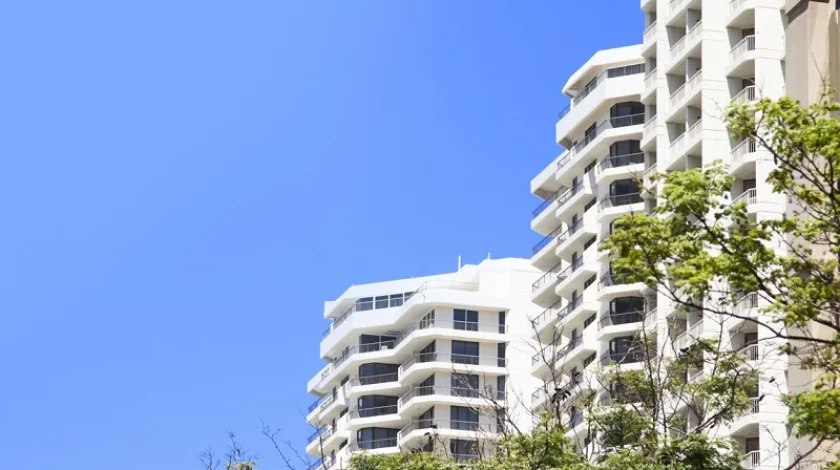Co-authored by Anthony Losurdo
The NSW Government’s reforms
The NSW Government’s Construct NSW transformation plan aims to reinstate public trust in the building and construction sector and establish a more customer-focused industry by 2025. This approach is a response to recurring failures in the planning, construction and certification of buildings that have resulted in poor-quality construction work and many high-profile court cases.
The Construct NSW strategy revolves around the creation of “trustworthy buildings” – resilient structures designed for their intended purpose and significantly less prone to risks. The objective is to ensure that individuals who purchase these buildings can do so with confidence in their suitability for ownership and habitation. Additionally, the financiers and insurers who provide coverage for builders and property owners will have heightened confidence in the degree of assurance provided.
The Building and Other Fair Trading Legislation Amendment Bill 2022 (NSW) introduced section 211AA into the Strata Schemes Management Act 2015 (NSW) (SSMA). Under this section, a developer who has taken out appropriate decennial liability insurance (DLI) isn’t required to provide a building bond (usually required by section 207 of the SSMA).
Decennial liability insurance for buildings is insurance that provides ten years of cover for serious building defects. Under the SSMA, it is an insurance of strict liability. This means that an owner may not need to prove the builder or developer caused the defects in order to claim on the policy. The insurance scheme does not replace the strata bond scheme that is currently imposed on developers – it acts as an alternative. Its purpose is to shield owners from the delay and expense associated with the correction of serious defects in any building element as defined in the Residential Apartment Buildings (Compliance and Enforcement Powers) Act 2020 (NSW)
The advisory panel proposed two models for the government’s consideration:
Option 1: Mandatory DLI: The panel’s preferred model is a mandatory DLI introduced after a transition period which replaces the strata building bond.
During the transition period a developer/builder who secures an eligible DLI policy is:
- not required to pay the strata building bond scheme, and
- not required to take out coverage under the Home Building Compensation Scheme.
Option 2: Voluntary DLI: A voluntary DLI as an alternative to the strata building bond.
The NSW Government is in favour of promoting the establishment of a workable market for ten year liability insurance. One plan to achieve this, is to make certain changes to the existing strata building bond scheme during a transitional period. Currently, the strata building bond scheme requires a payment of two per cent from developers or builders as a form of security. However, the Government proposes to raise this payment rate to five per cent. Additionally, the duration for which this bond is held may be extended from the current two years to six years.
These adjustments aim to encourage the adoption of DLI and ensure that developers and builders take more financial responsibility for the long-term quality and reliability of their constructed buildings. The higher payment and extended duration of the bond will offer greater protection to apartment building owners by potentially covering more issues that might arise within the specified timeframe.
Currently, the SSMA only requires that appropriate DLI insurance covers the following building elements:
- the fire safety systems for a building within the meaning of the Building Code of Australia,
- waterproofing,
- an internal or external load-bearing component of a building that is essential to the stability of the building, or a part of it (including but not limited to in-ground and other foundations and footings, floors, walls, roofs, columns and beams),
- a component of a building that is part of the building enclosure, and
- those aspects of the mechanical, plumbing and electrical services for a building that are required to achieve compliance with the Building Code of Australia.
The responsibility of obtaining the DLI lies with the developer or builder of the class 2 building. In the event that the builder fails to rectify any serious defects or declines to do so, owners may file a claim with the decennial liability insurer, serving as the primary source of insurance coverage.
Risk to builders, developers and subcontractors
Any decennial liability insurer is likely to retain the right of subrogation and the ability to seek a contribution from relevant third parties where that is available. For example, if a claim was made against a developer under the duty of care in section 37 of the Design and Building Practitioners Act 2020, an insurer responding to a DLI policy relevant to this claim may seek to claim a contribution from the builder, subcontractors and associated parties.
Key takeaways
By adopting a strict liability framework, the body corporate is relieved from the burden and associated cost of having to demonstrate a builder or developer’s fault or negligence as a precursor to accessing insurance coverage. This will not only accelerate the claims process, it may reduce the financial strain that falls on owners corporations when pursuing complex defects litigation.
If you have a question about a strata matter, please contact Coleman Greig’s Construction and Strata lawyers.














